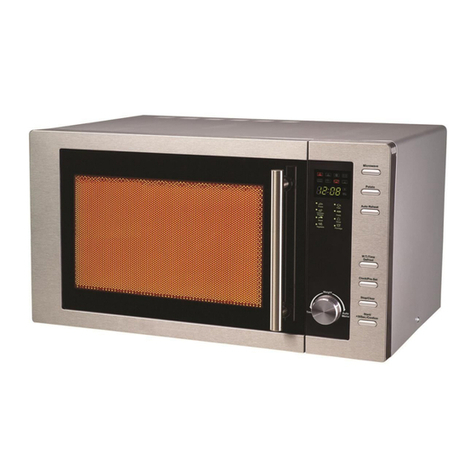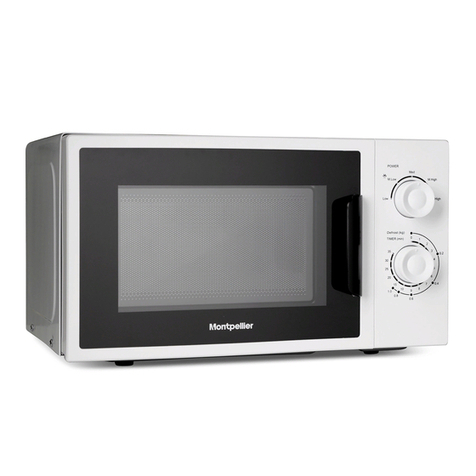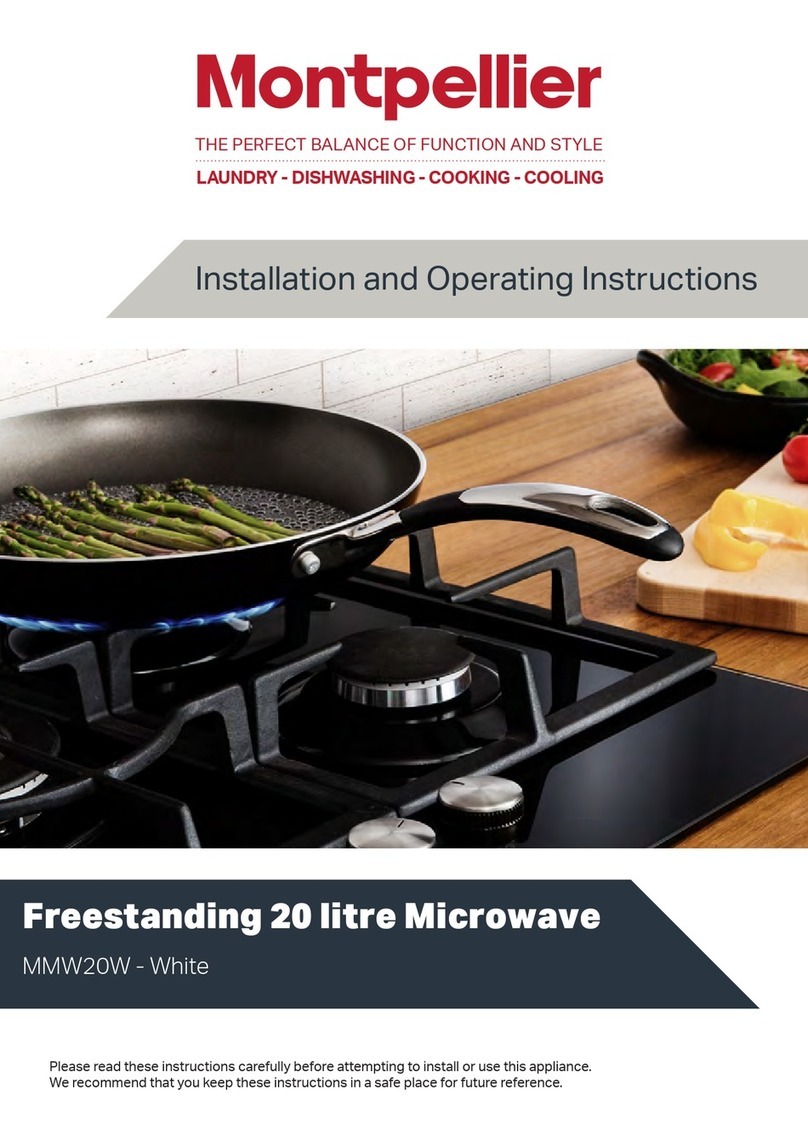montpellier MOR-20C User manual
Other montpellier Microwave Oven manuals
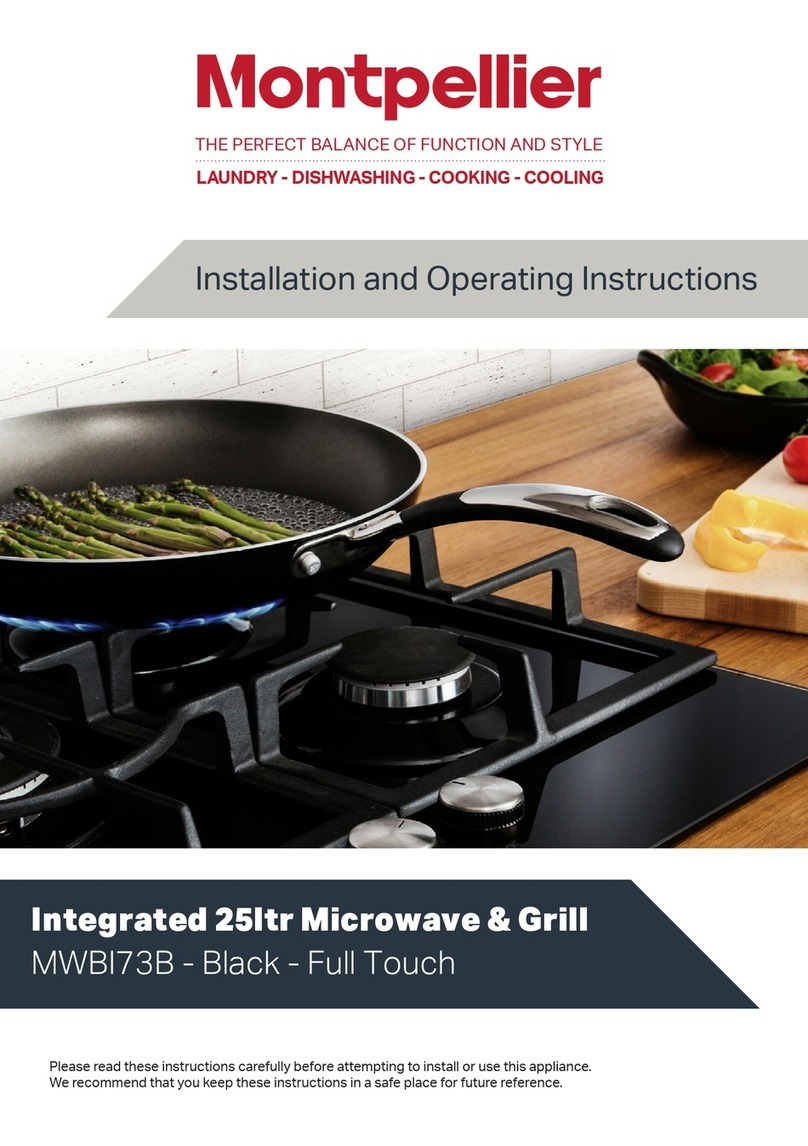
montpellier
montpellier MWBI73B User manual
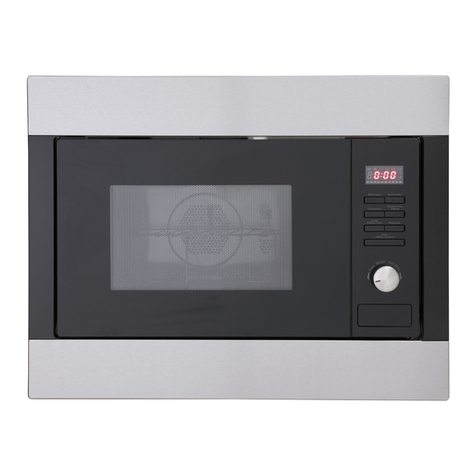
montpellier
montpellier MON-MWBIC90029 User manual

montpellier
montpellier MWBI17-300 User manual
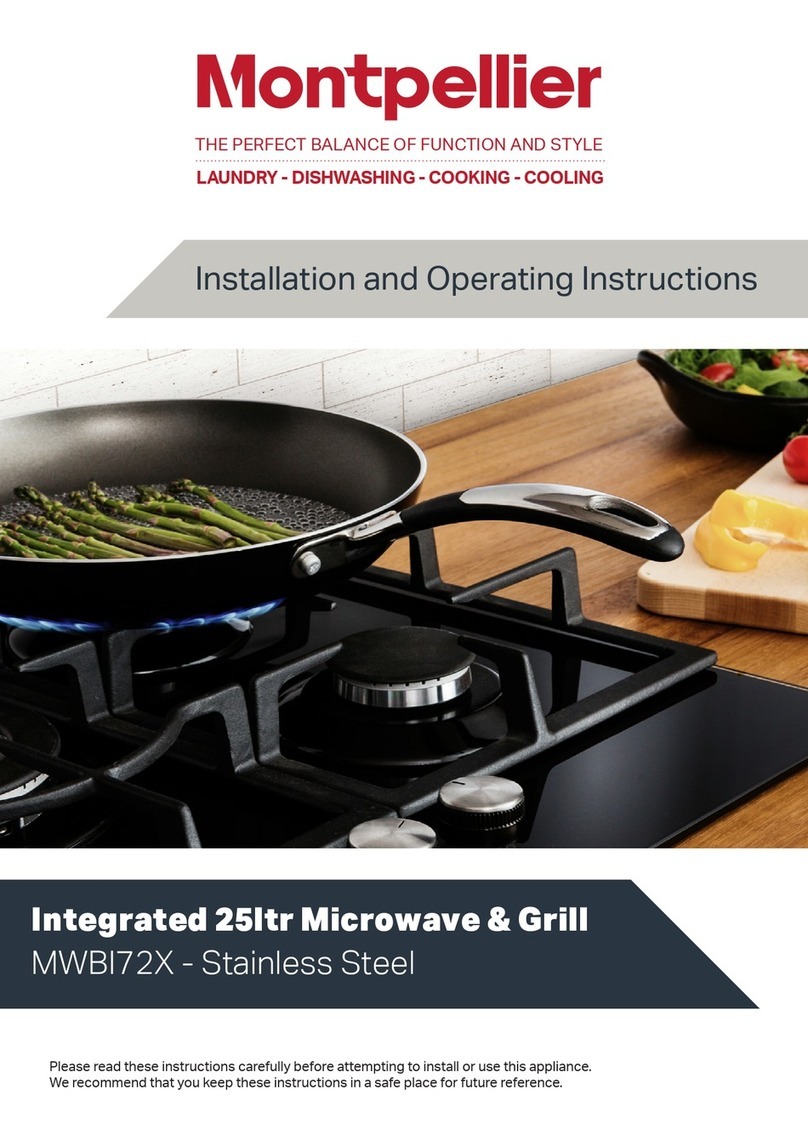
montpellier
montpellier MWBI72X User manual

montpellier
montpellier MWBIC74B User manual
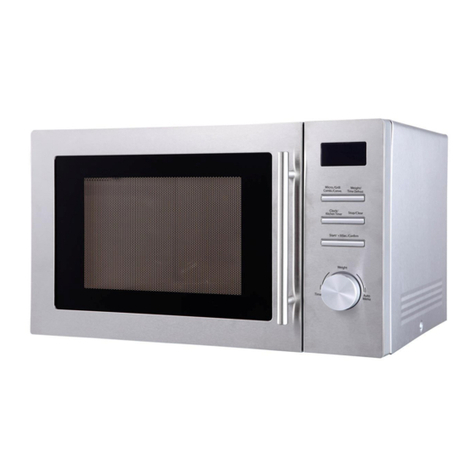
montpellier
montpellier MON-MMW34CSS User manual

montpellier
montpellier MON-MMW20GTW User manual

montpellier
montpellier MWBIC90029 User manual
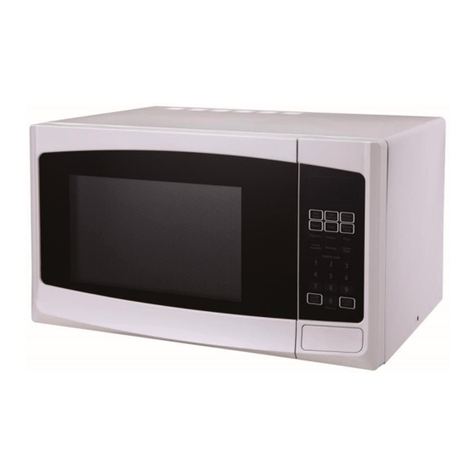
montpellier
montpellier MON-MMW25STW User manual
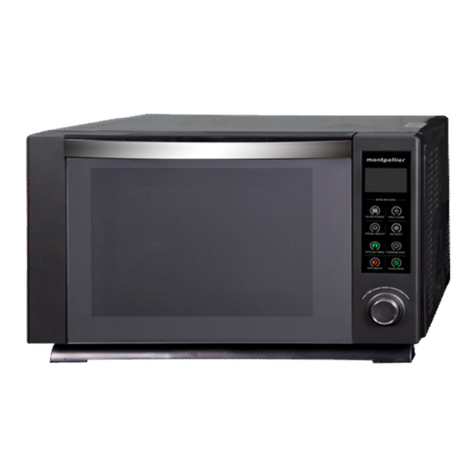
montpellier
montpellier MON-MCG259 User manual

montpellier
montpellier MON-MWBIC90044 User manual

montpellier
montpellier MON-MMW25CTKB User manual
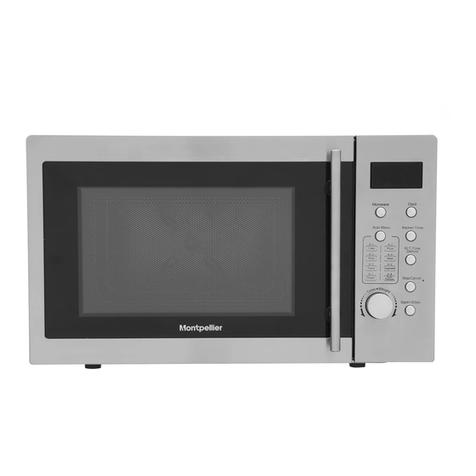
montpellier
montpellier MMW21SCS User manual
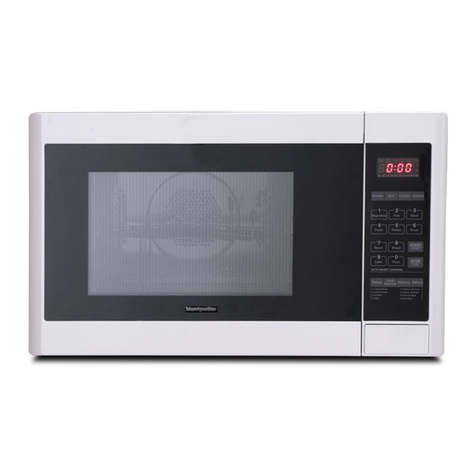
montpellier
montpellier MON-MMW25CTWW User manual
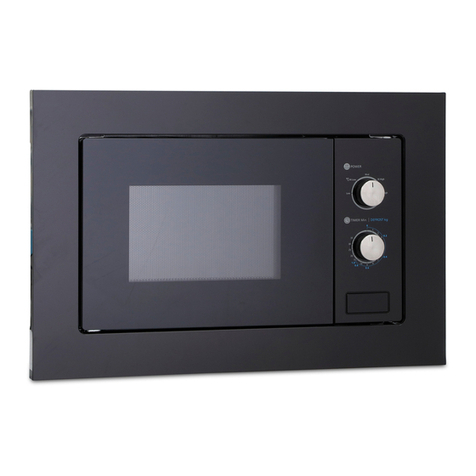
montpellier
montpellier MWBI20BK User manual

montpellier
montpellier MMW20SIL User manual

montpellier
montpellier MON-MBIC250 User manual
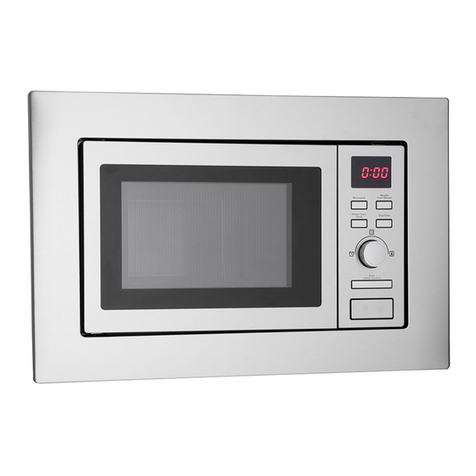
montpellier
montpellier MON-MWBI9000 User manual

montpellier
montpellier MON-MWBI90025 User manual

montpellier
montpellier MCM21SSC User manual
Popular Microwave Oven manuals by other brands

Conrad Electronic
Conrad Electronic 2372935 operating instructions

GE
GE Spacemaker JVM1440BH datasheet

DAEWOO ELECTRONICS
DAEWOO ELECTRONICS KOR-6L8K5S83 Operating instructions & cook book

DAEWOO ELECTRONICS
DAEWOO ELECTRONICS KOR-1N5A9S Operating instructions & cook book

Daewoo
Daewoo KQG-6617G Operating instructions & cook book

Samsung
Samsung M1779 Owner's instructions
